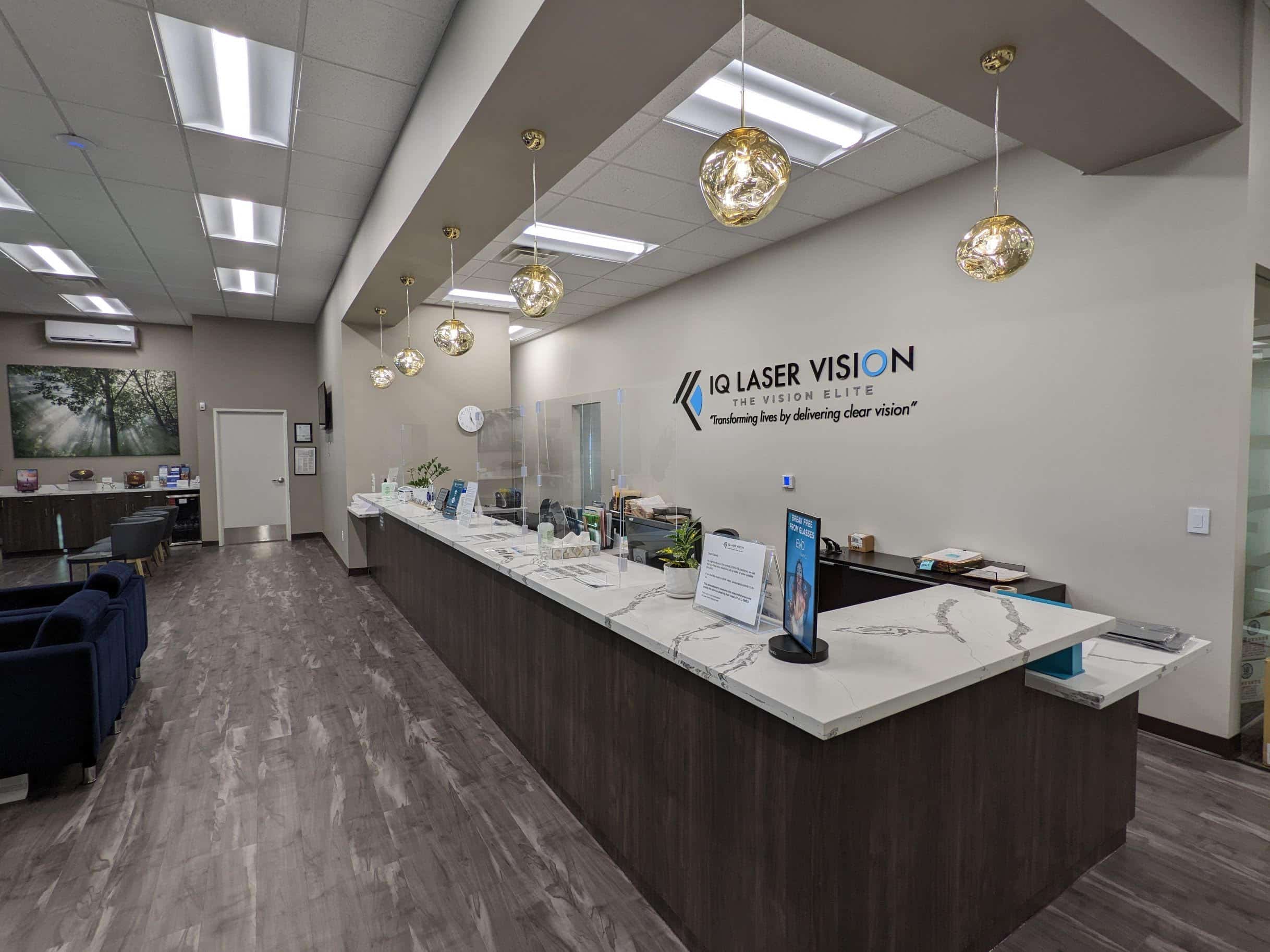The laser eye surgery aka laser vision correct market has changed dramatically. Ever since the procedure was first introduced in the early 1990s. Since, many technological advancements have emerged in the field. Which has prompted the use of more advanced equipment and better success rates for patients too. While there are new solutions beyond LASEK and LASIK available today. These two techniques are still some of the most common treatments available for those in need of laser eye surgery to fix refractive errors.
If you’re wondering whether LASIK or LASEK is right for you. The first thing you’ll need to do is learn as much as you can about the two solutions.
What is LASEK and LASIK?
The term LASEK stands for Laser-Assisted Subepithelial Keratectomy. This technology is one of the newer options available for PRK surgery. In which the laser energy in the tool is applied to the eye directly to shape the outer surface of the eye and correct vision. In a LASEK surgery, a flap is made in the epithelial layer of your eye. using a blade and lifted prior to using the laser energy. When the surgeon is finished reshaping your eye with the LASEK system. The epithelium can then be replaced over the eye.
Alternatively, the term LASIK stands for laser assisted “in situ” keratomileusis. Procedures with a LASIK device also use a thin blade to create the flap of tissue over the eye. And peel it back away from the front of the cornea. The laser involved in LASIK removes some of the corneal tissue that is hampering your eyesight. Because the flap isn’t removed completely, the eye can heal faster.
Choosing Between LASIK or LASEK
For most people, choosing between LASIK or LASEK means understanding the difference between the two procedures. The LASIK method often uses a very special laser or microkeratome tool to create the flap in the eye. Alternatively, LASEK uses a tool known as a trephine. Some people consider LASEK to be more painful than LASIK. But you shouldn’t feel much with either thanks to the professional experience of your eye surgeon.
LASEK is generally best suited for patients who have a very steep or thin cornea. The unique LASEK procedure will reduce the amount of risk associated with the thin flaps in LASIK by creating a thicker flap. Indeed, the flap in LASEK is generally around three times thicker than the flap creation during LASIK. This is also why LASIK treatments heal faster than their counterparts.
The important thing to remember is that both LASIK and LASEK can help with refractive errors in your vision. Like including astigmatism, nearsightedness, farsightedness, reading problems and more. The two solutions both have very similar success rates. Certain surgeons will prefer to recommend one option over the other. Particularly if your eyes have specific characteristics that will affect the outcome of the procedure.
What to Expect Before and After LASIK Surgery
Knowing what to expect before and after each surgery can help you to make your decision. In the lead up to LASIK surgery. You will be required to follow specific preoperative instructions by your eye doctor. If you wear contact lenses, you will be asked not to use them before your initial consultation. Contact lenses can alter the shape of your cornea. And you’ll need time for the cornea to return to its original shape before you proceed with your surgery.
When your LASIK surgery is complete, the chances are that you’ll feel an itching or burning sensation in your eye. Your doctor will be able to reduce any discomfort with over-the-counter medication. And they may also prescribe some eye drops to help keep your eyes clean during the healing process. Do not touch or rub your eyes as they’re healing.
What to Expect Before and After LASEK Surgery
Before your LASEK surgery procedure, your surgeon will conduct a general eye health exam along with various eye tests to make sure that you’re a good candidate for surgery. Most surgeons will also request that you avoid wearing contact lenses before your consultation for a certain amount of time. The time you’re asked to avoid contact lenses for will depend on the time of lens you use, as some have more of an impact on your cornea than others.
Giving your cornea time to return to its normal shape ensures that your eye surgeon can make the right decision as to whether LASIK or LASEK surgery is right for you. It’s normal after a LASEK procedure for most patients to feel some moderate or mild discomfort after their treatment. You will be given bandage lenses from the doctor once your surgery is complete to make sure that your eyes aren’t exposed to any infection, and you will need to wear these why the cells on the surface on your eye regenerate.
Pros and Cons of LASIK or LASEK Surgery
Your optician or eye surgeon will advice you which option is right for you. LASIK is generally best for patients who have thicker corneal tissue to work with, and some people can achieve 20/20 vision with this kind of surgery. Most patients find that they have a virtually pain-free recovery with this procedure, and their vision goes back to normal quite quickly after treatment. Of course, LASIK surgery won’t be appropriate for everyone. People with thinner corneas will not get results that are as effective, and it’s possible for the corneal flap to dislodge when exposed to trauma.
Candidates for LASEK, are generally those with thinner corneal tissue, and people who simply wouldn’t be suited to LASIK procedures. There are many benefits to LASEK surgery, including a lower risk of hazy vision after the procedure. There are fewer risks involved with corneal flaps following a LASEK procedure.
When you’ve made the decision whether LASIK or LASEK is right for you, make sure you speak to your surgeon about your thoughts and listen carefully to their input.























